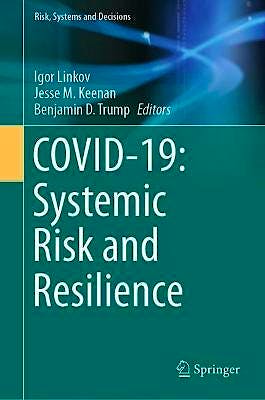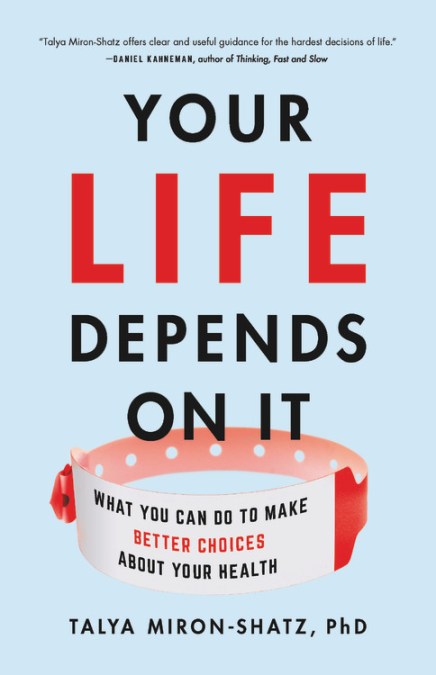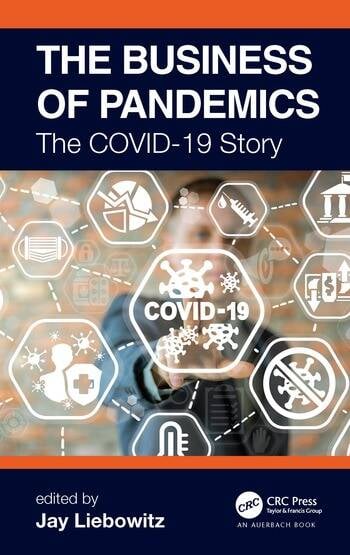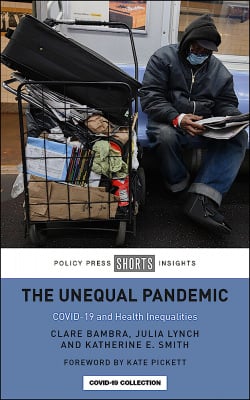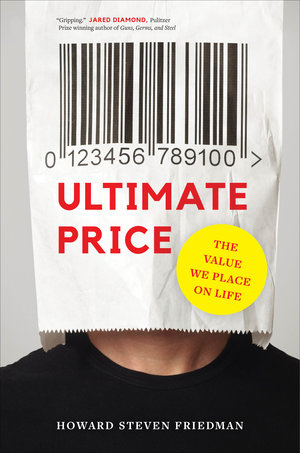A Citizen’s Guide to Artificial Intelligence
A book on how algorithmic tools are being used in areas ranging from health care, law and social services to social media and business, and it explains the basic technical components of AI in a jargon-free manner.
In chapter 10, on AI regulation:
We need new rules for AI, but they won’t always need to be AI-specific. As AI enters almost every area of our lives, it will come into contact with the more general rules that apply to commerce, transport, employment, healthcare, and everything else.
Nor will we always need new rules. Some existing laws and regulations will apply pretty straightforwardly to AI (though they might need a bit of tweaking here and there). Before we rush to scratch-build a new regulatory regime, we need to take stock of what we already have.
AI will, of course, necessitate new AI-specific rules. Some of the gaps in our existing laws will be easy to fill. Others will force us to revisit the values and assumptions behind those laws. A key challenge in fashioning any new regulatory response to technology is to ensure that it serves the needs of all members of society, not just those of tech entrepreneurs and their clients, or indeed those of any other influential cohort of society.



